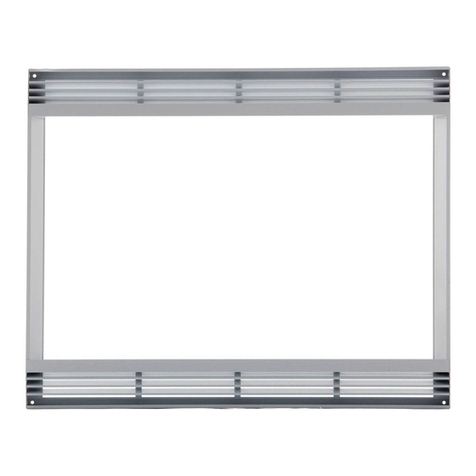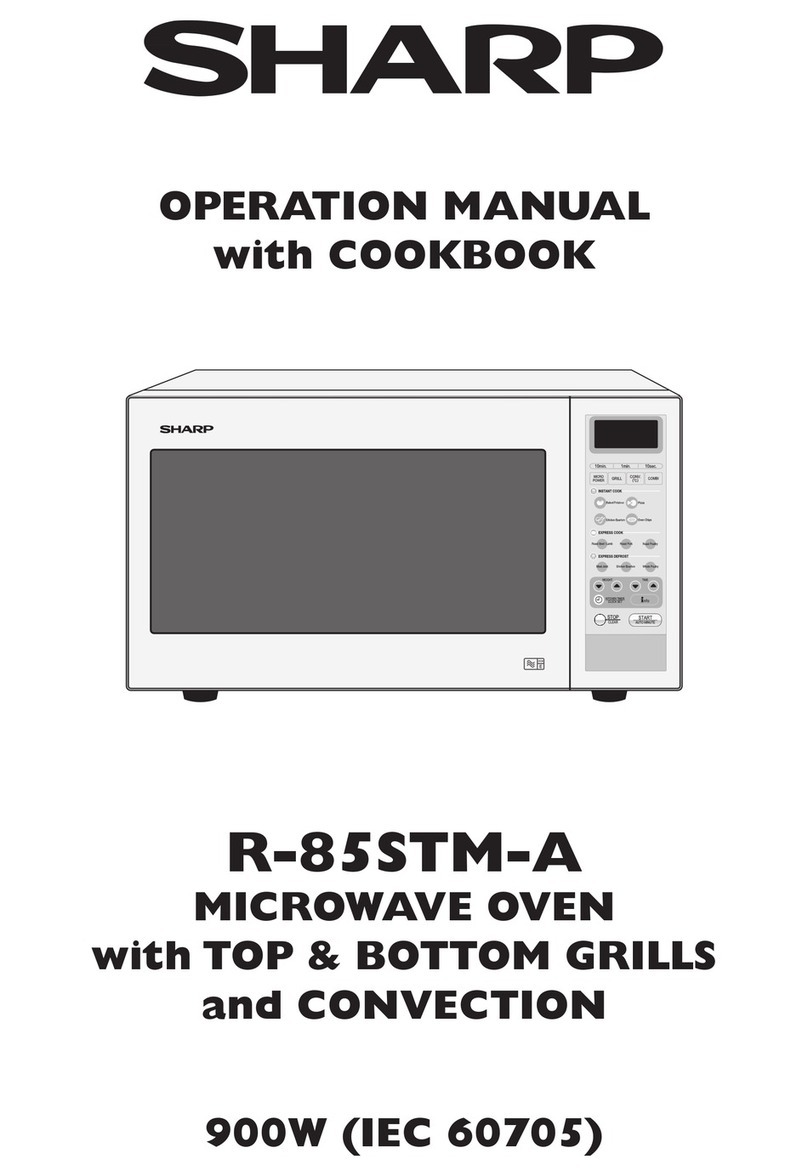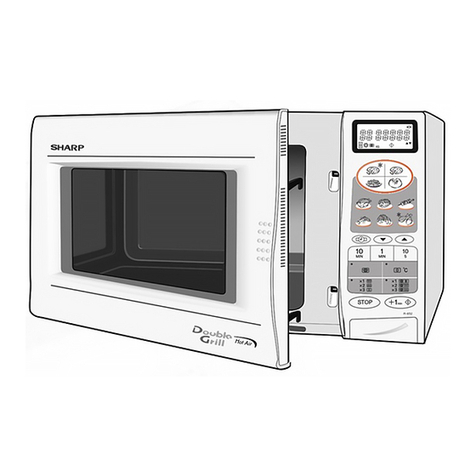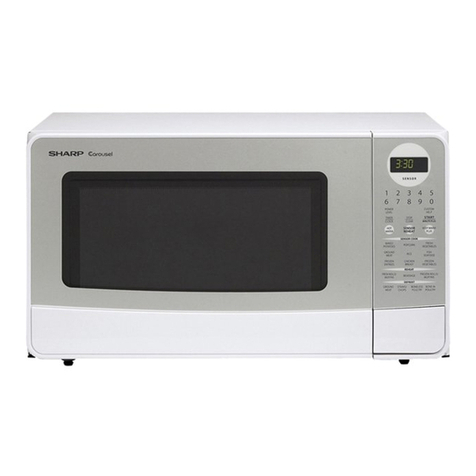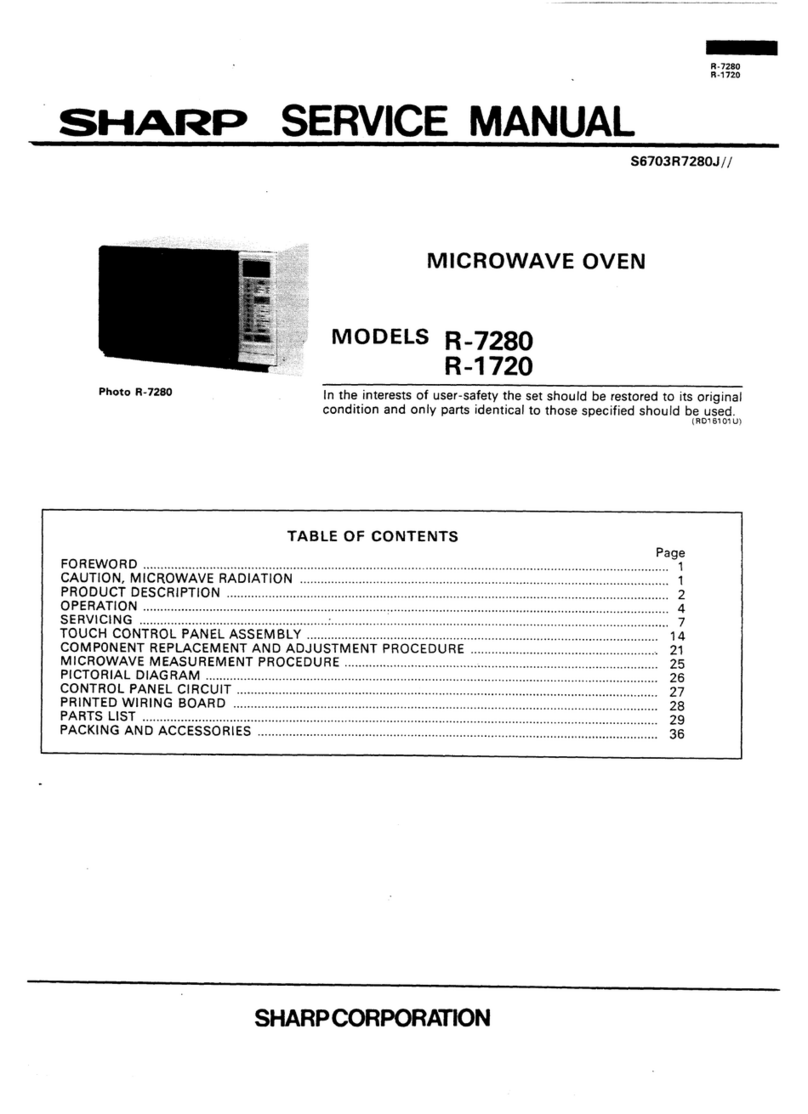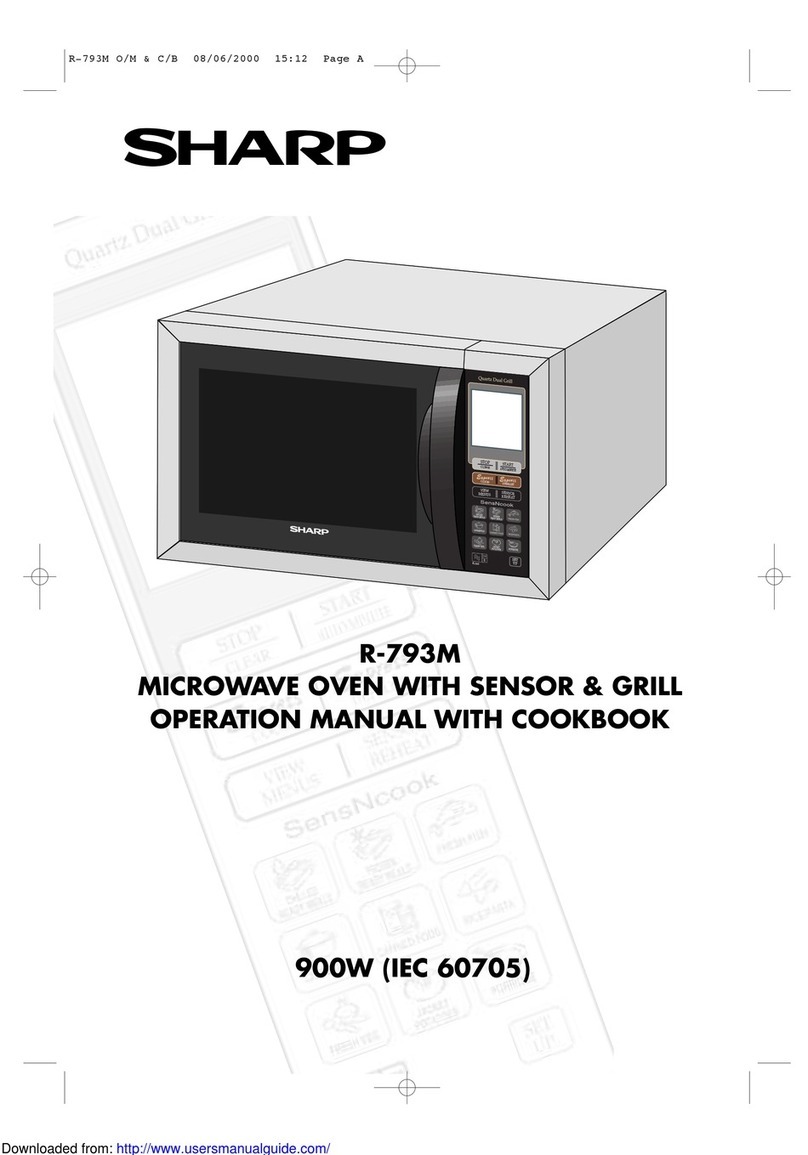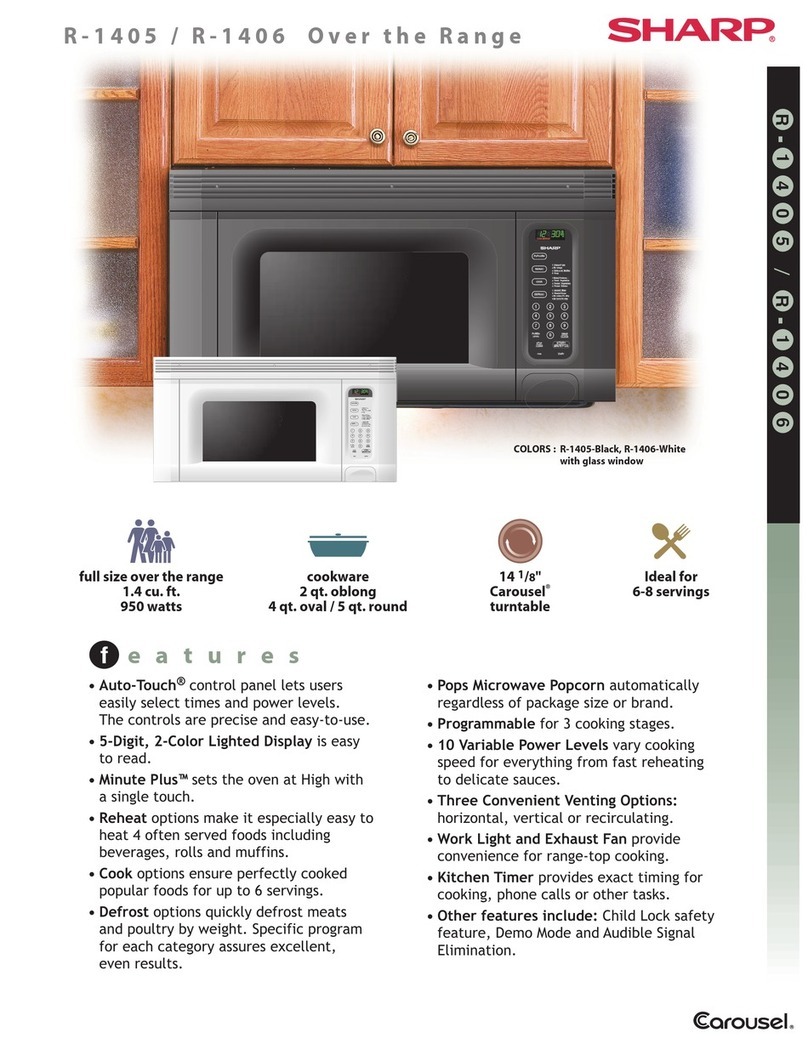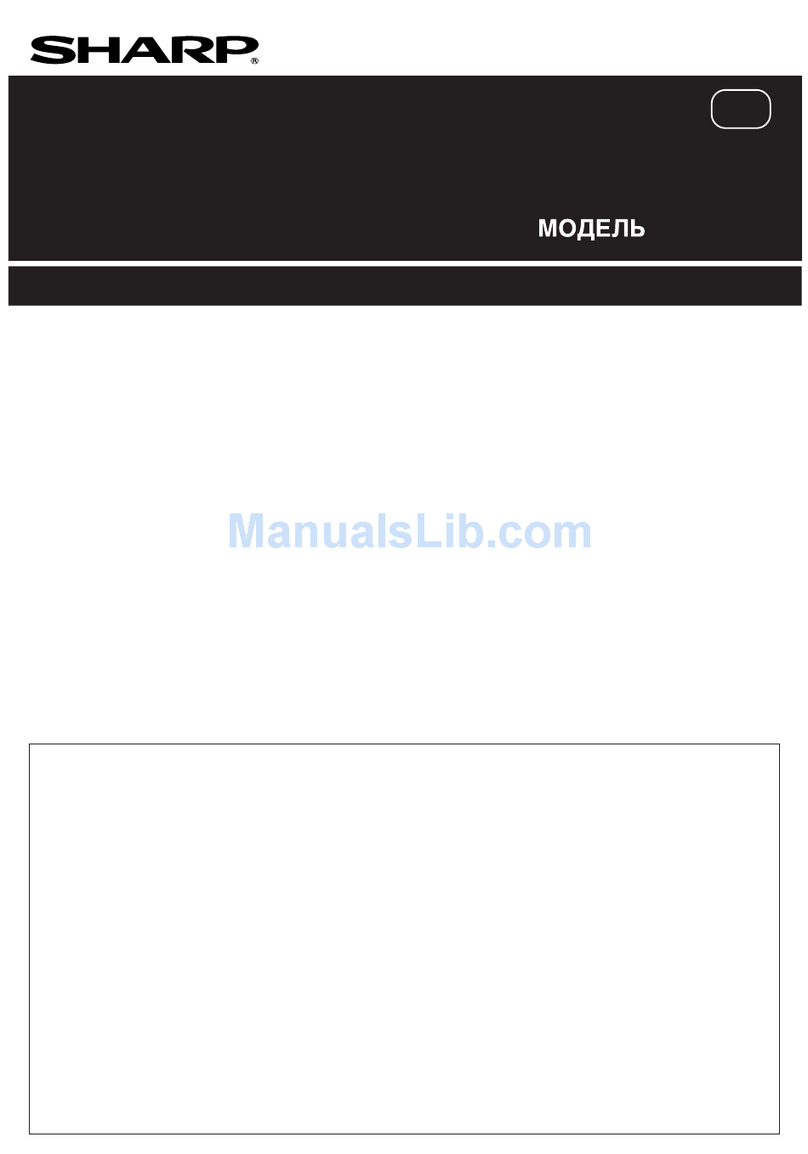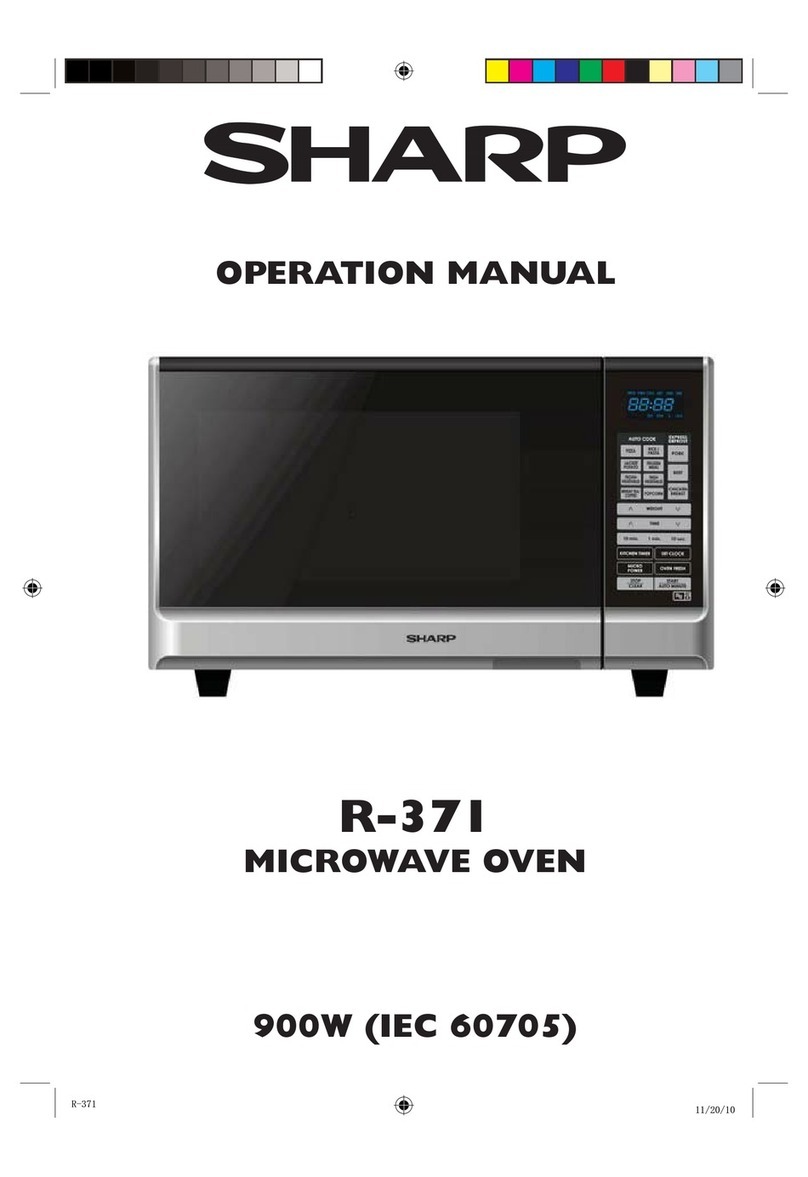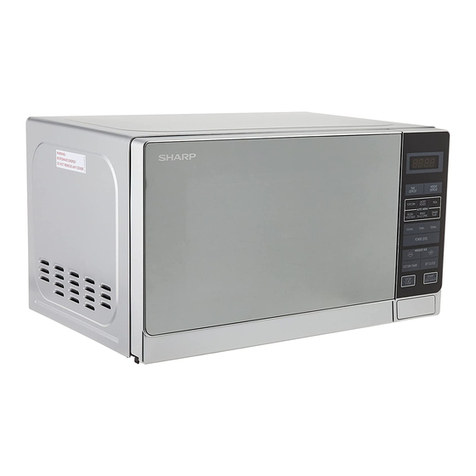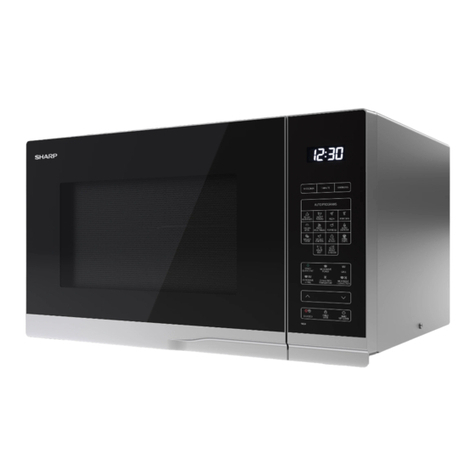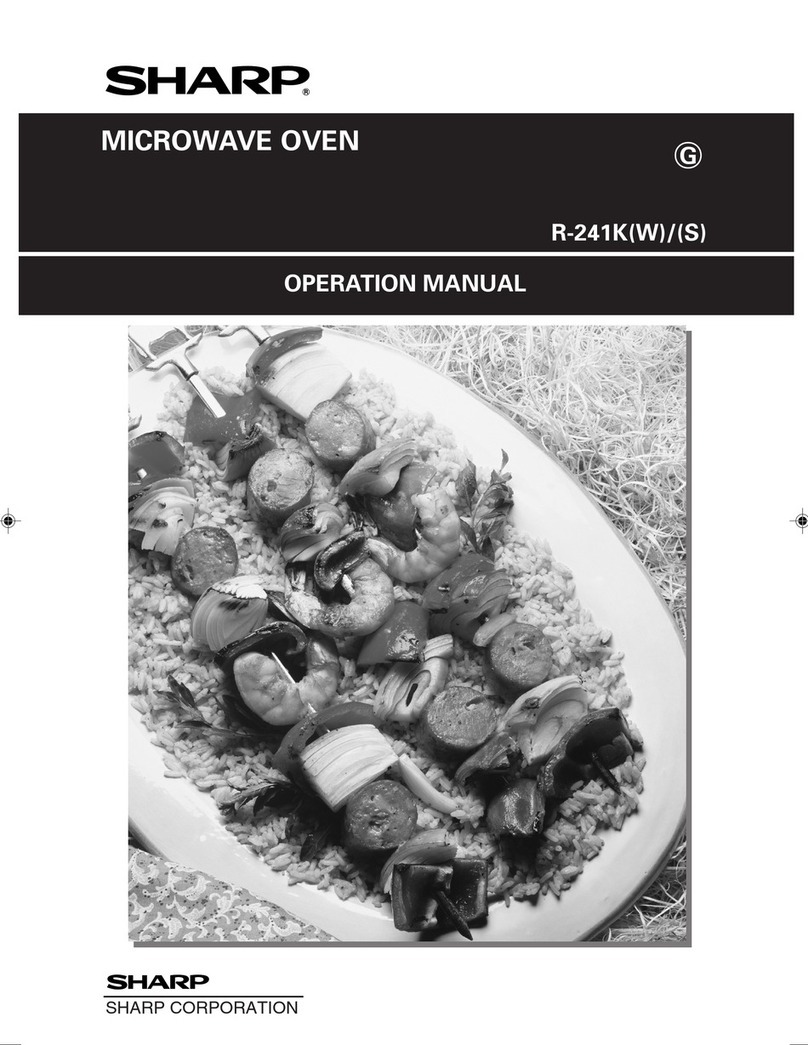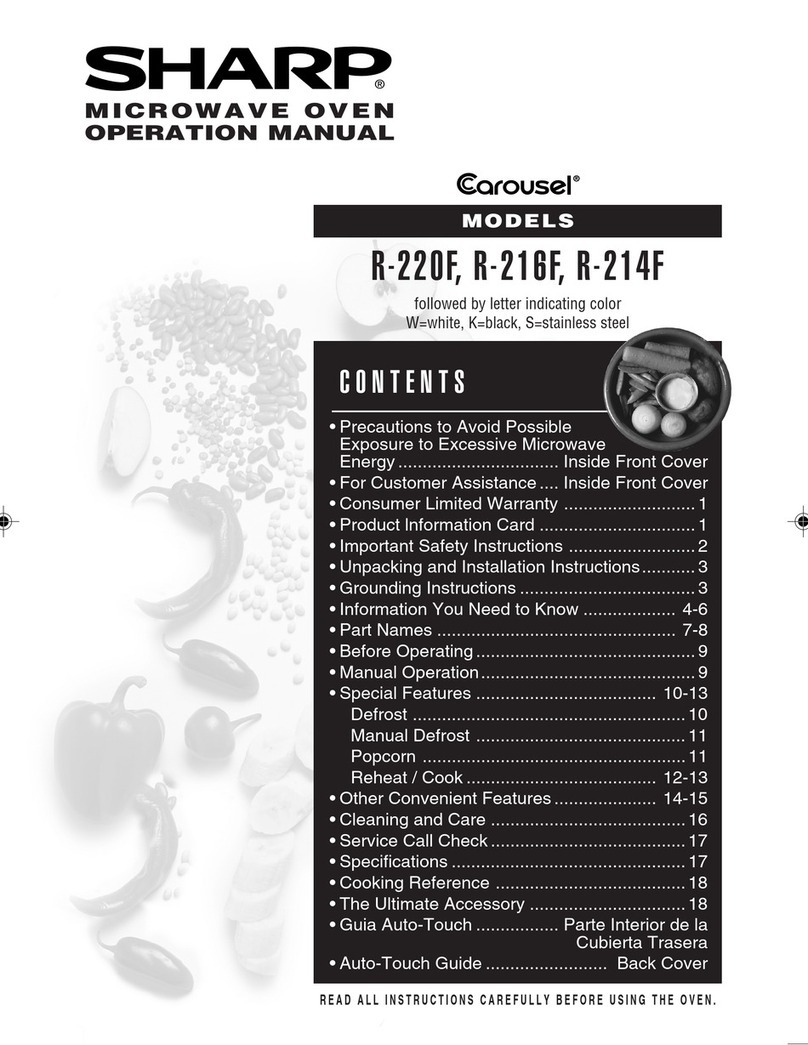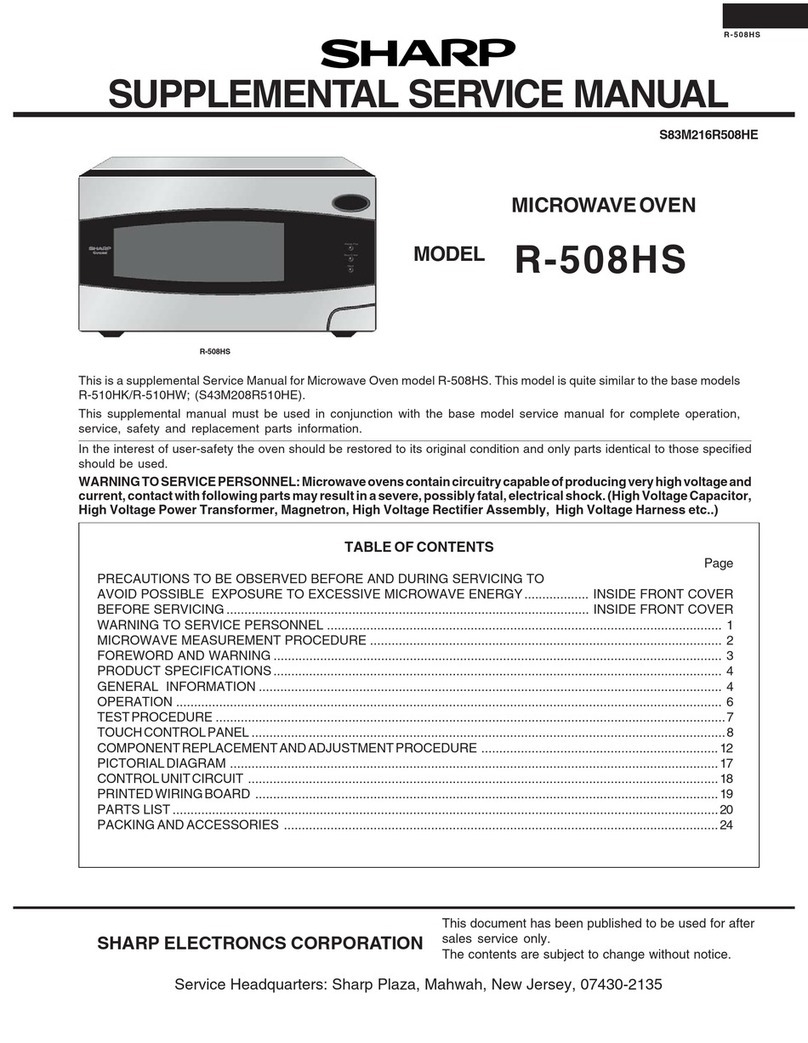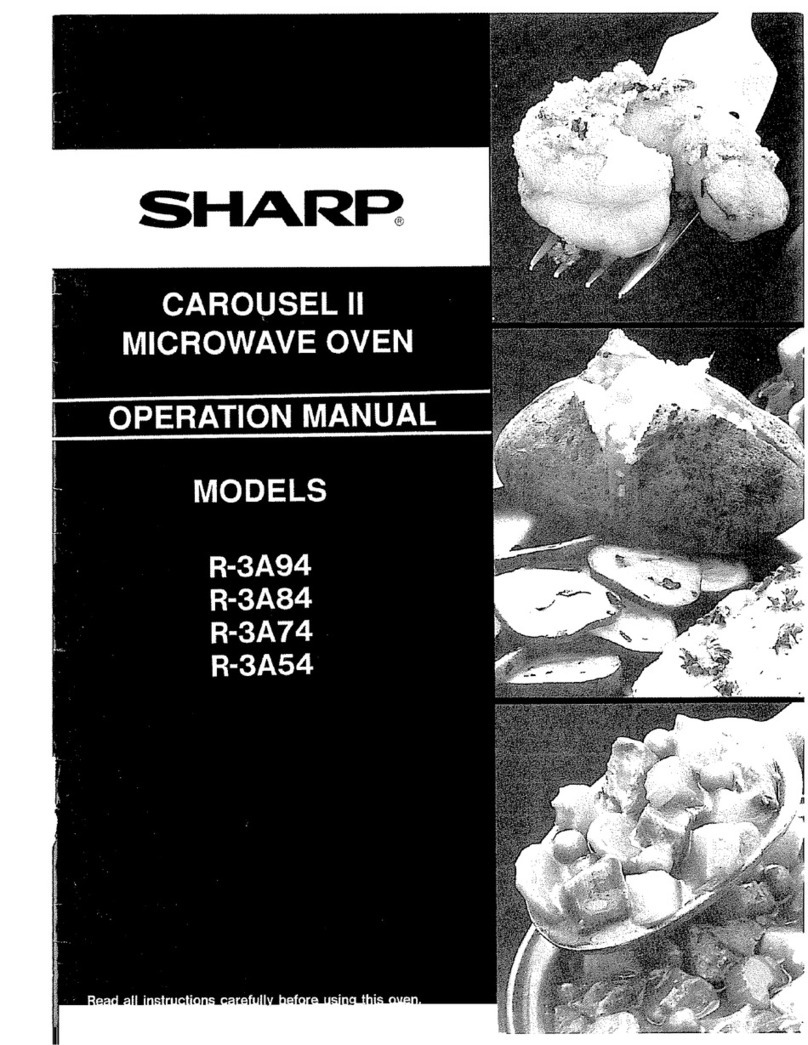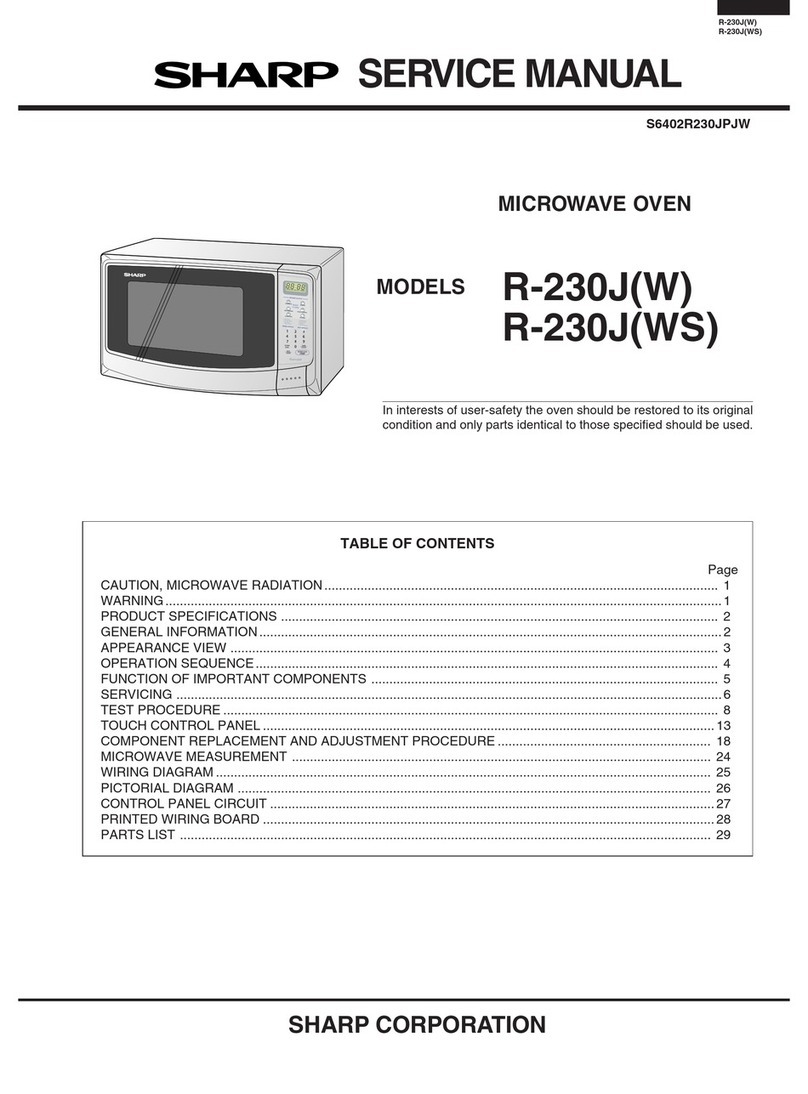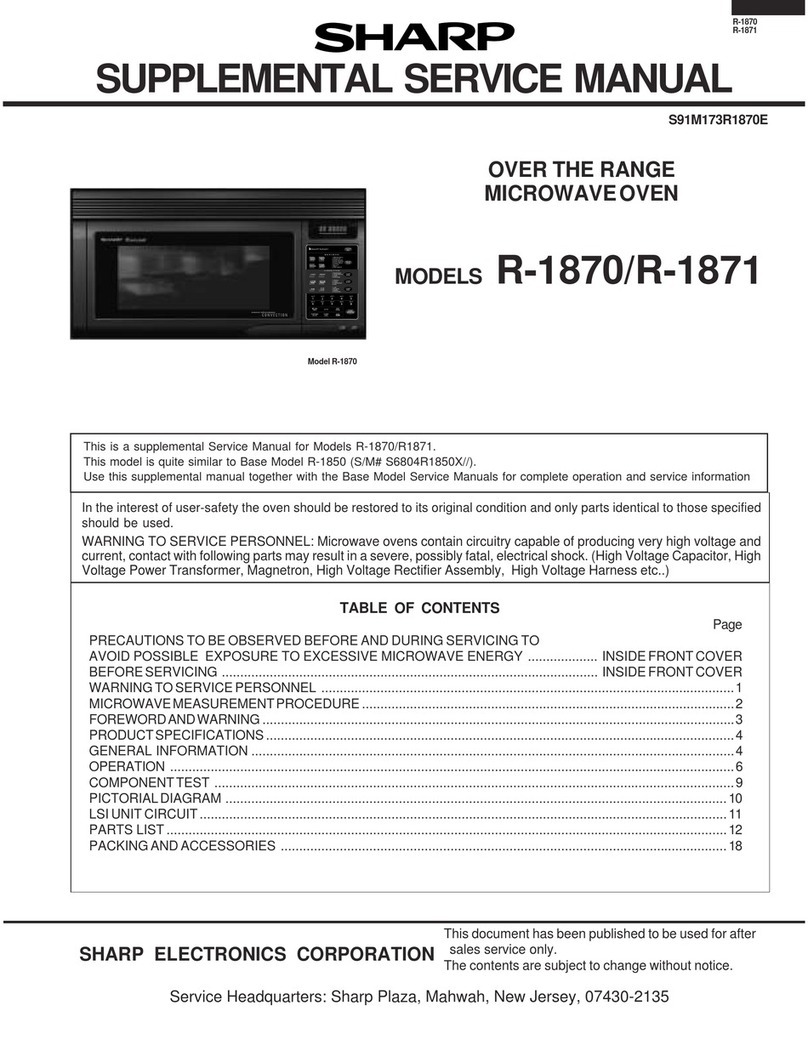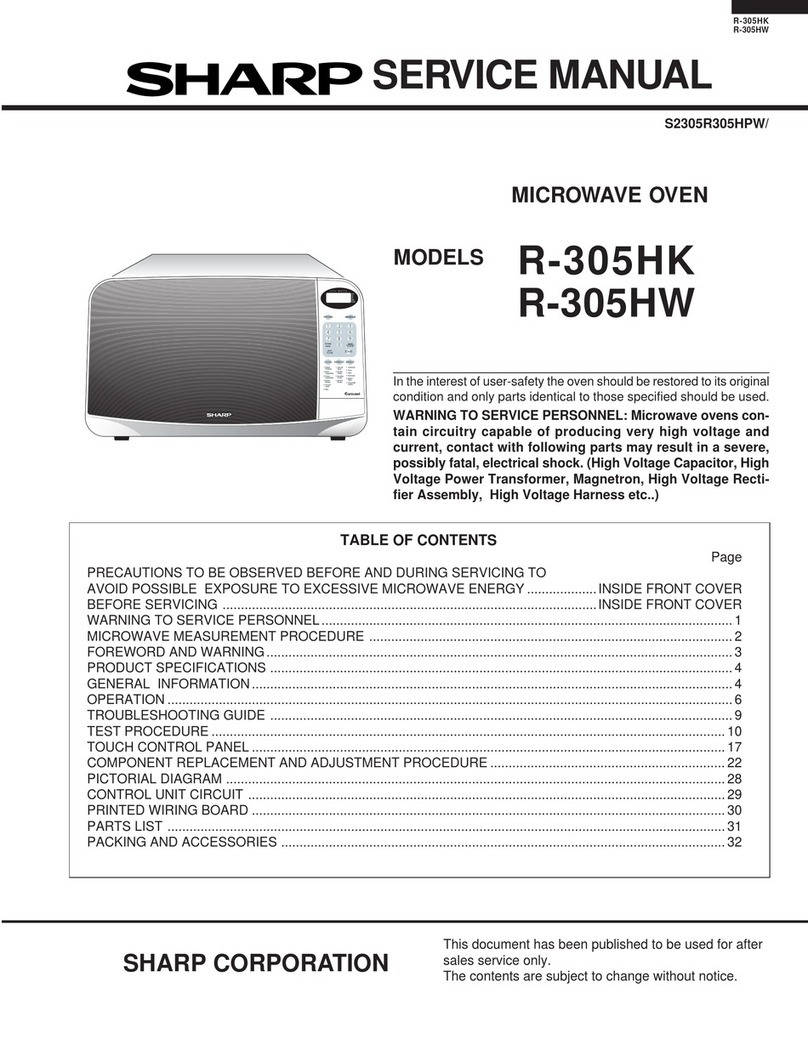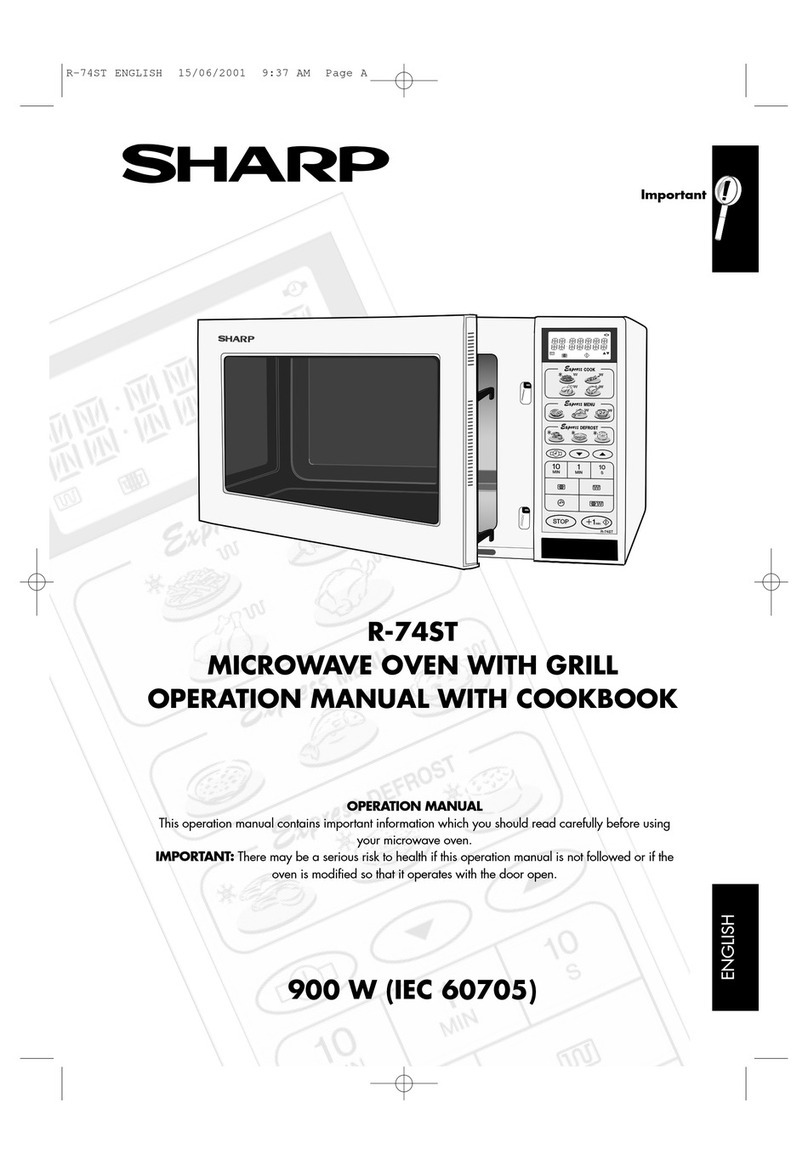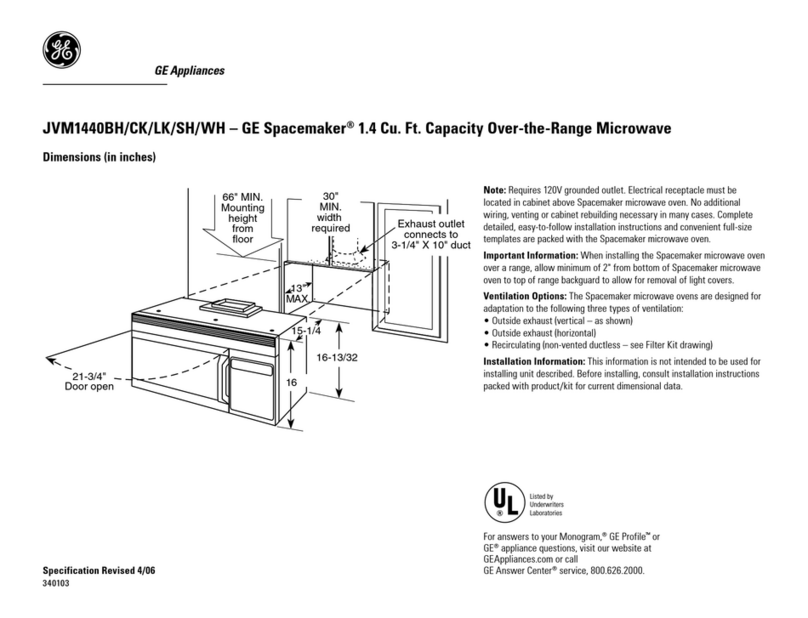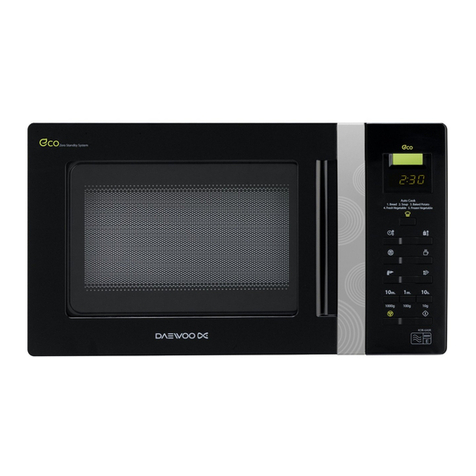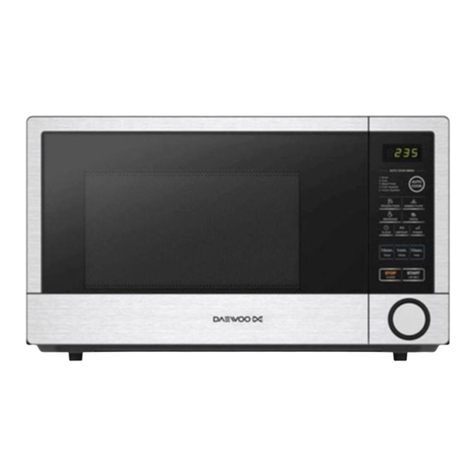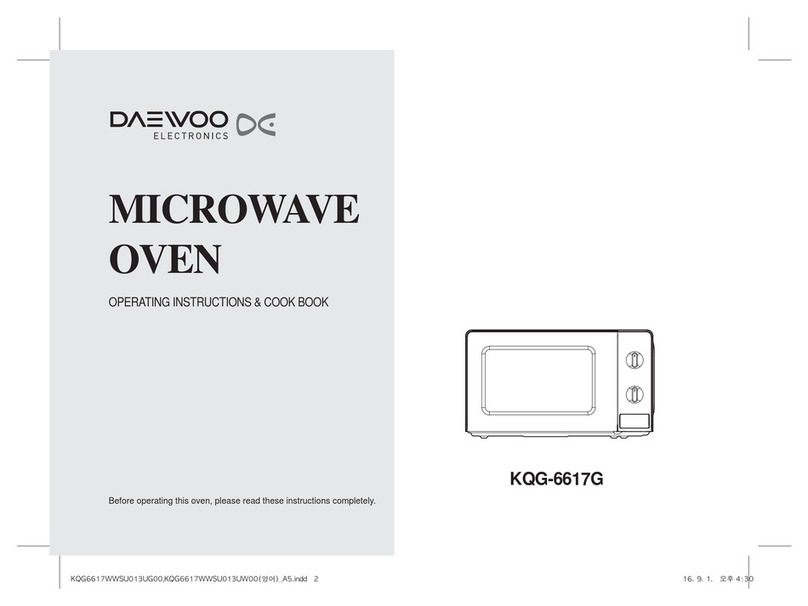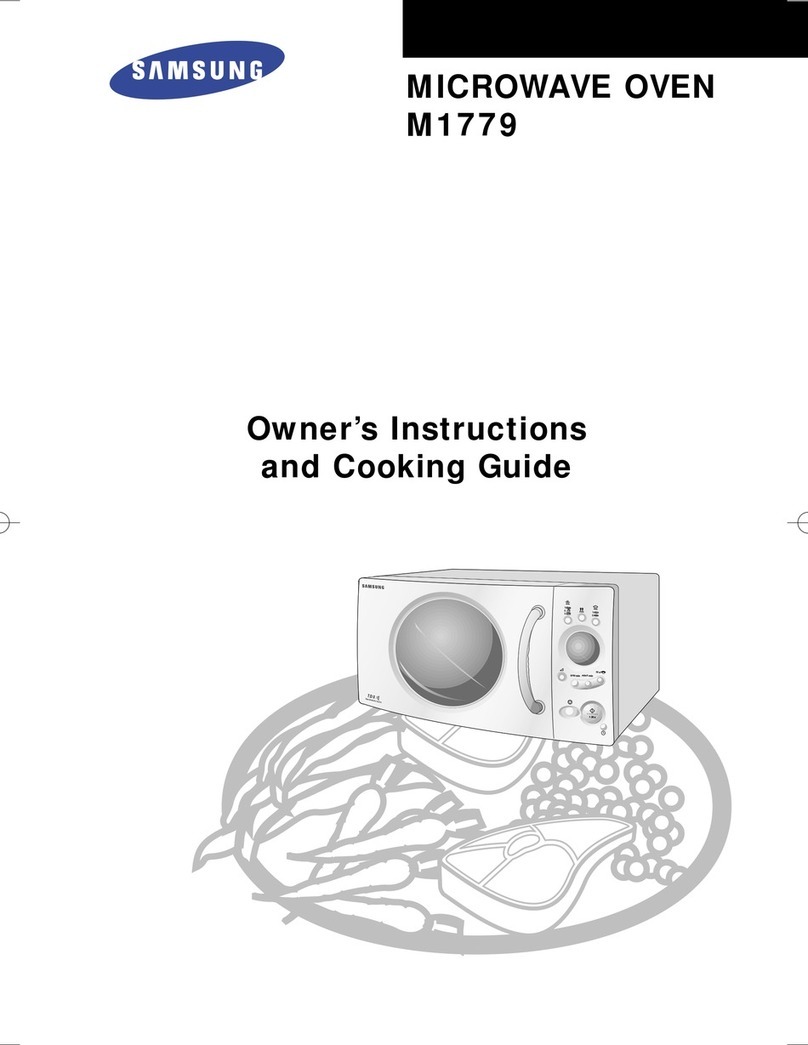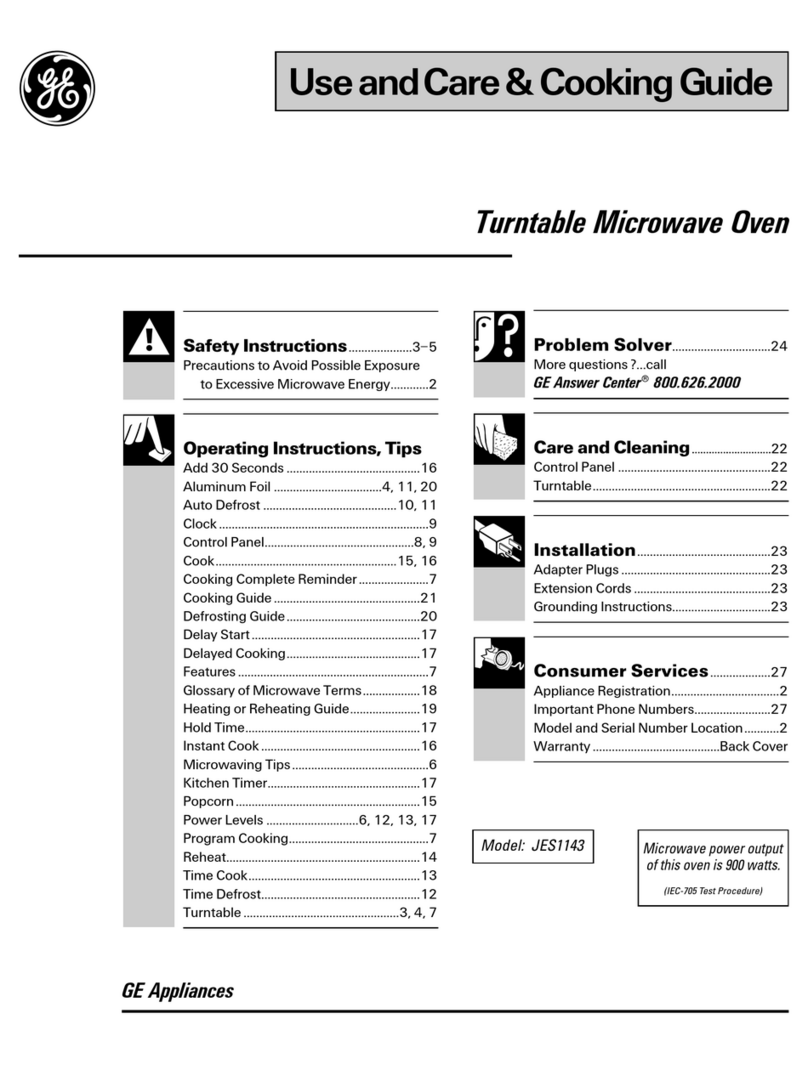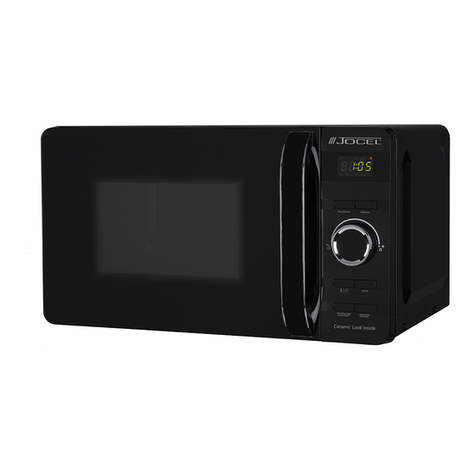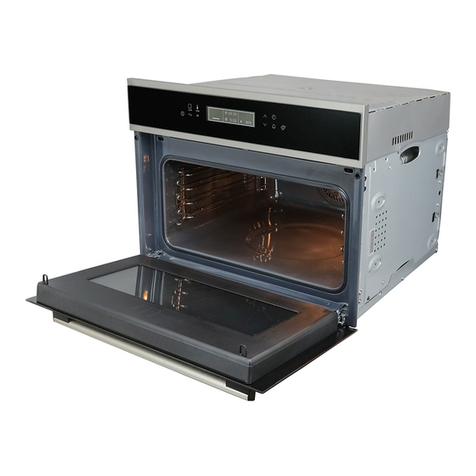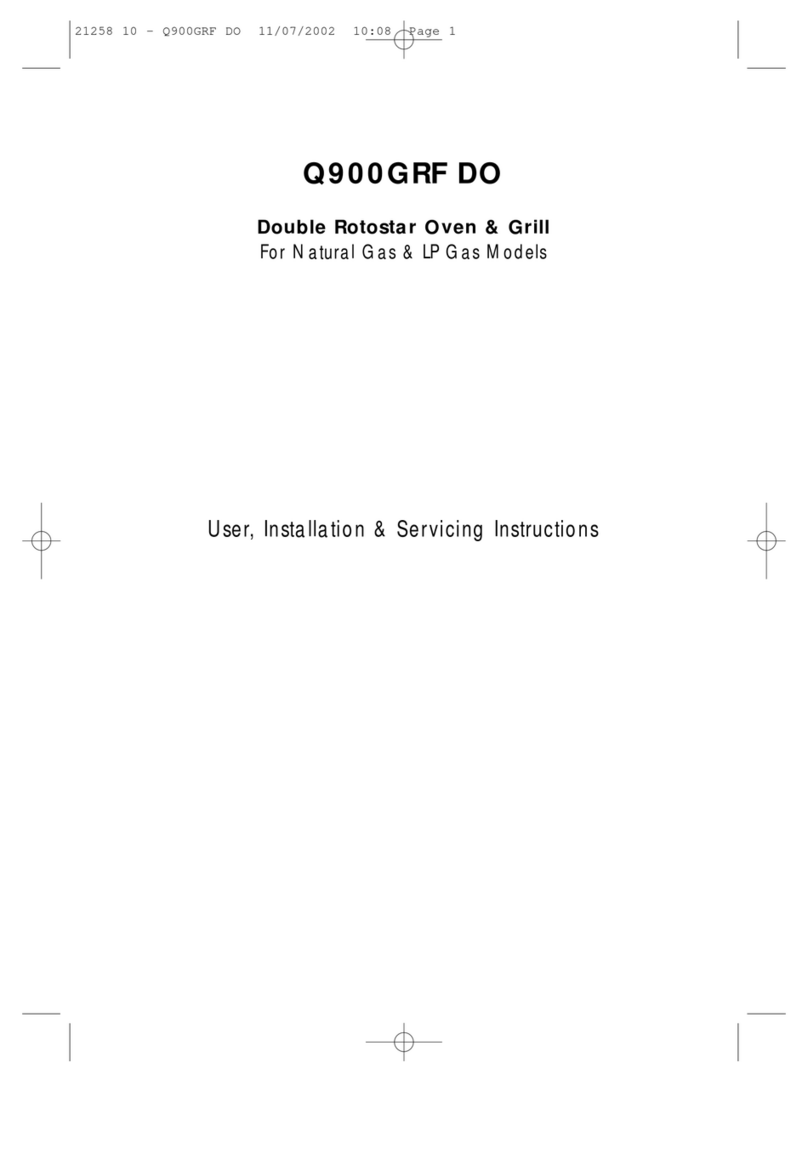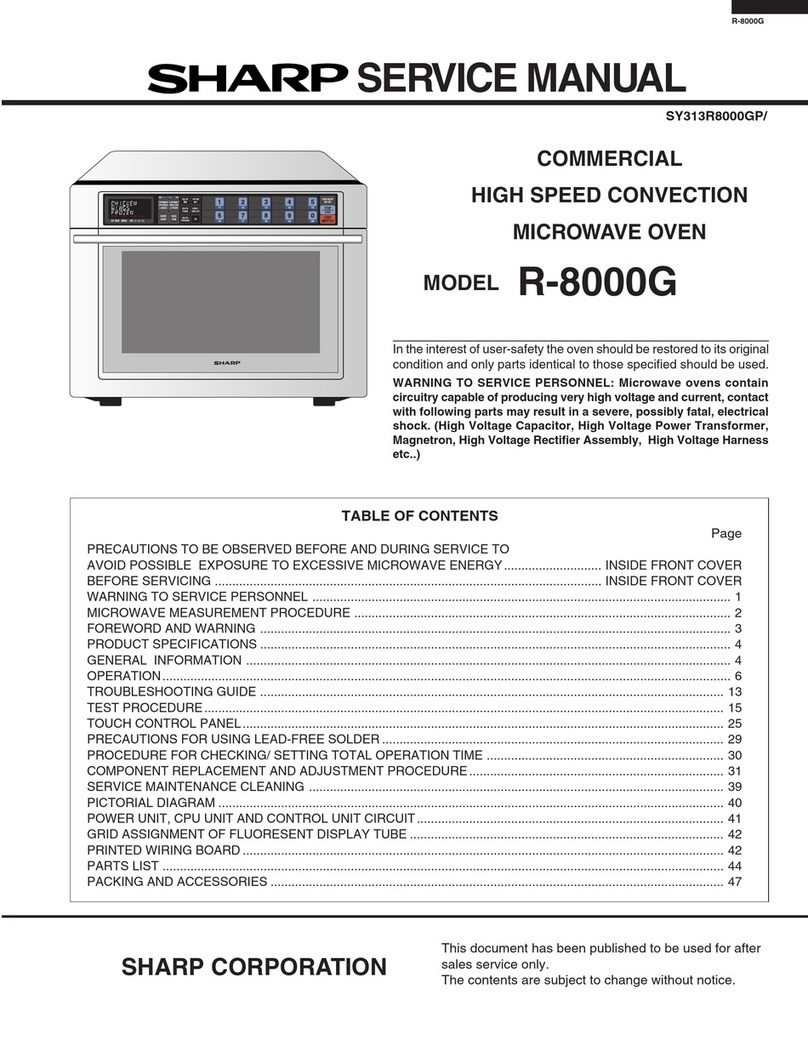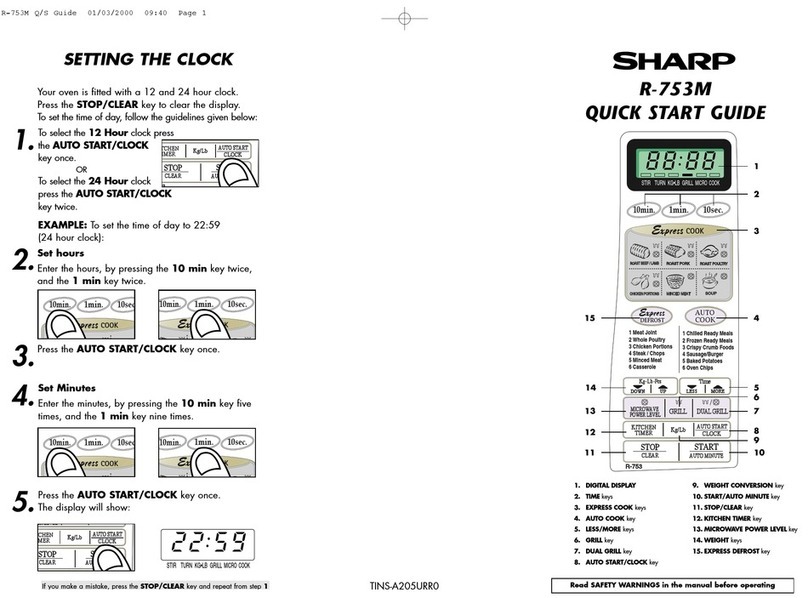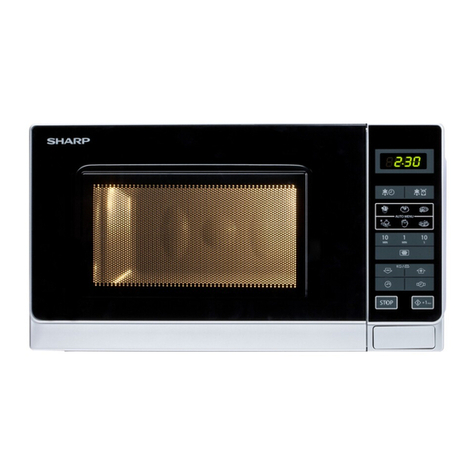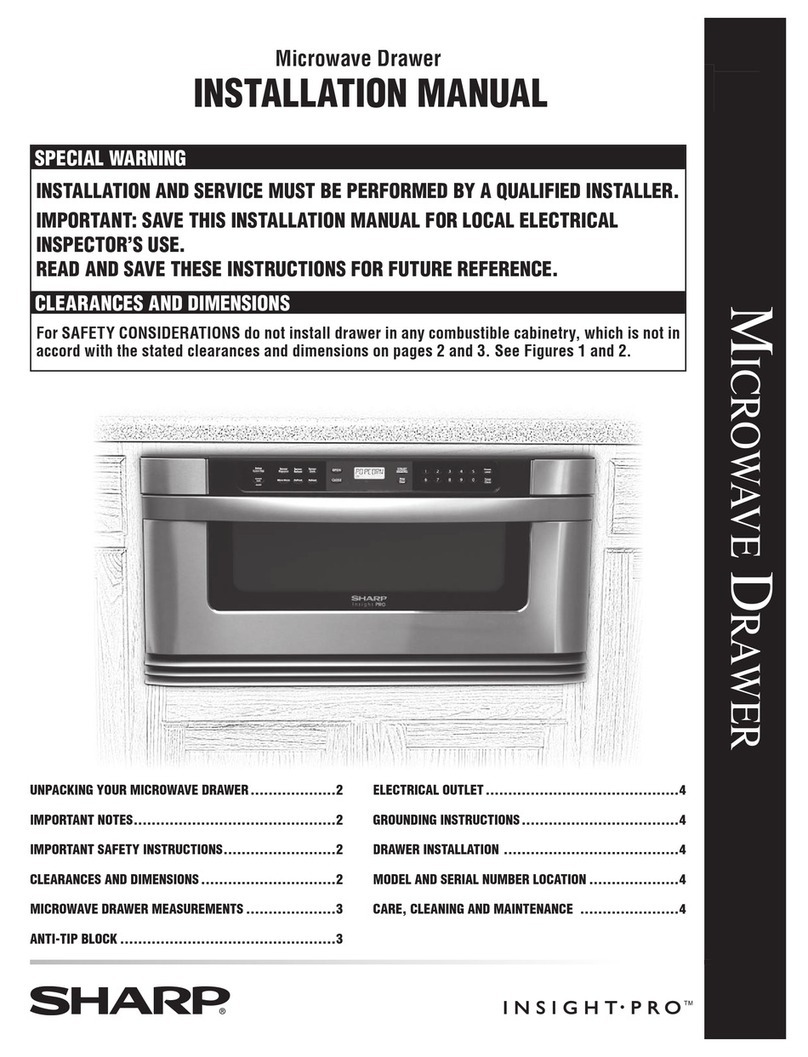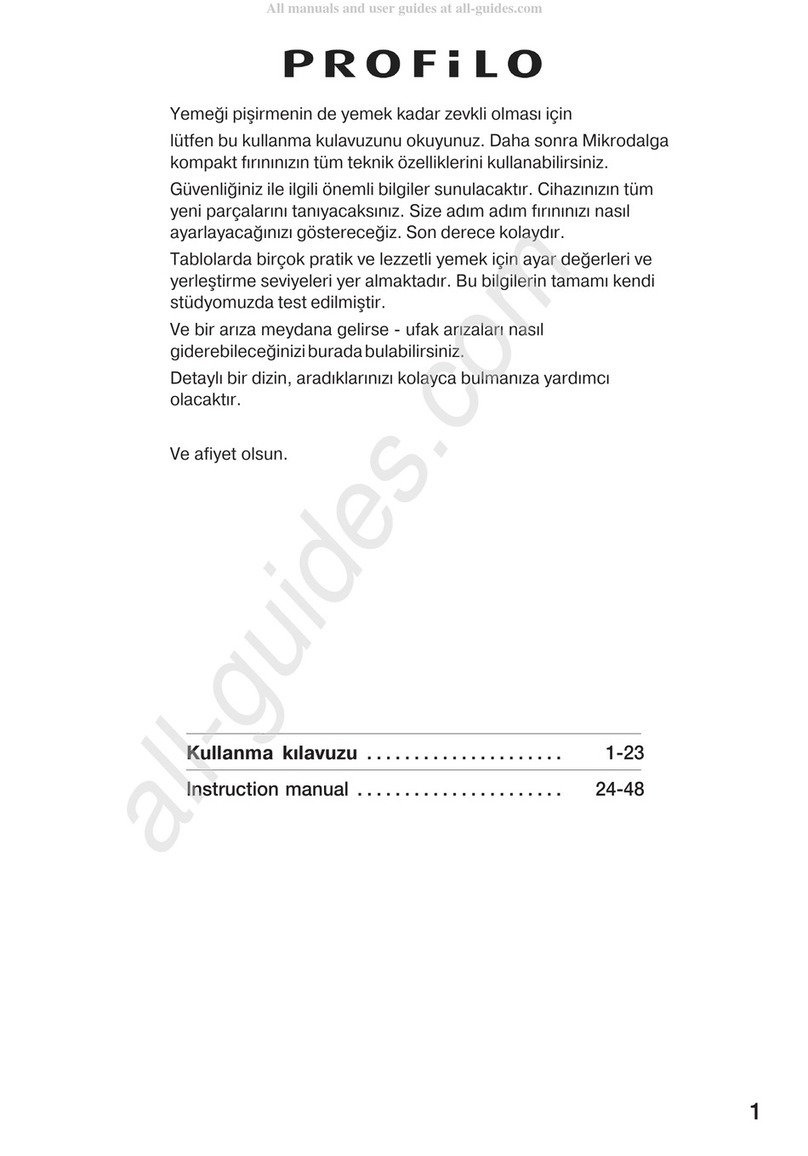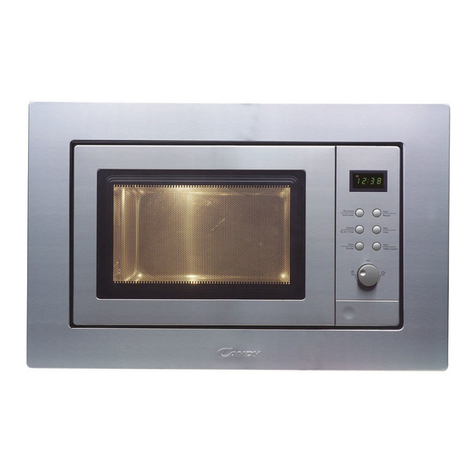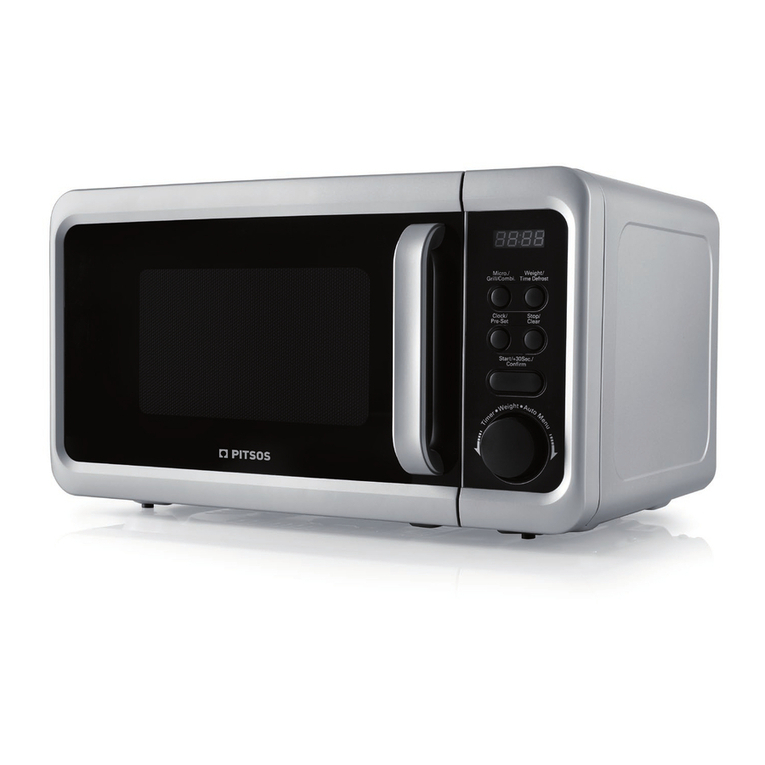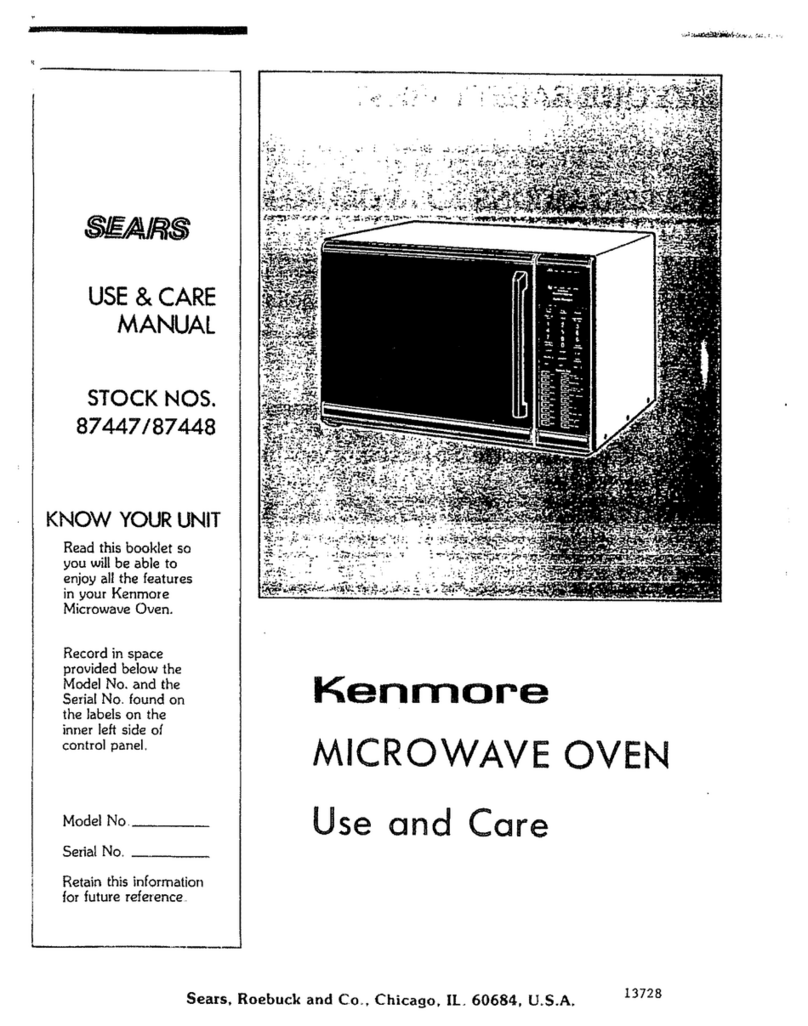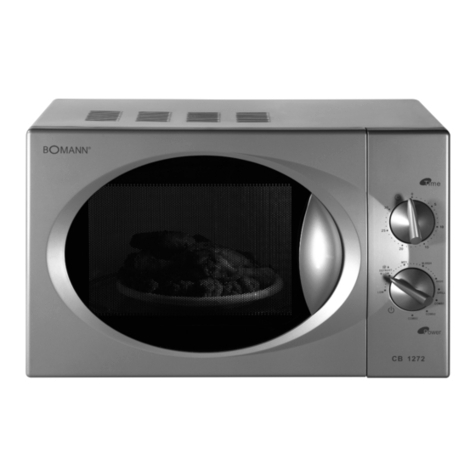
EN-4
IMPORTANT SAFETY INSTRUCTIONS
IMPORTANT SAFETY INSTRUCTIONS: READ CAREFULLY AND KEEP FOR FUTURE REFERENCE
1. This appliance is intended to be used by expert or
trained user in shops, in light industry and on
farms, or for commercial use by lay persons.
2. This oven is designed to be used on a countertop
only. It is not designed to be built into a kitchen
unit.
Do not place the oven in a cabinet.
3. The electrical outlet must be readily accessible so
that the unit can be unplugged easily in an
emergency.
If smoke or burn is observed: Keep the oven
door closed and switch off the power by
disconnecting the plug from the socket in order to
stifle any flames. Failure to follow this procedure
may result in fire and oven damage.
4. Ensure there is a minimum of free space above
the oven of 15 cm.
5. This appliance is not intended for use by persons
(including children) with reduced physical, sensory
or mental capabilities, or lack of experience and
knowledge, unless they have been given
supervision or instruction concerning use of the
appliance by a person responsible for their safety.
6. Children should be supervised to ensure that they
do not play with the appliance.
7. WARNING: Only allow children to use the oven
without supervision when adequate instructions
have been given so that the child is able to use
the oven in a safe way and understands the
hazards of improper use.
8. WARNING: If the door or door seals are damaged,
the oven must not be operated until it has been
repaired by a competent person.
9. WARNING: Never adjust, repair or modify the
oven yourself. It is hazardous for anyone other
than a competent person to carry out any service
or repair operation which involves the removal of
a cover which gives protection against exposure
to microwave energy.
10.If the power supply cord of this appliance is
damaged, it must be replaced by an authorised
SHARP service agent in order to avoid a hazard.
11. WARNING: Liquids and other foods must not be
heated in sealed containers since they are liable
to explode.
12.WARNING: Microwave heating of beverages can
result in delayed eruptive boiling, therefore care
must be taken when handling the container.
13.Do not cook eggs in their shells, and whole hard
boiled eggs should not be heated in microwave
ovens since they may explode even after
microwave cooking has ended. To cook or reheat
eggs which have not been scrambled or mixed,
pierce the yolks and the whites, or the eggs may
explode.
Shell and slice hard boiled eggs before reheating
them in the microwave oven.
To avoid the danger of fire
1. The microwave ovens should not be left
unattended during operation. Power levels
that are too high or cooking times that are too
long may overheat foods resulting in a fire.
2. The AC power supply must be 230V, 50Hz, with a
minimum 16A distribution line fuse, or a minimum
16A distribution circuit breaker. In using two
ovens, each oven must be secured with a 16A
distribution line fuse or a distribution circuit
breaker.
3. A separate circuit serving only this appliance
should be provided.
4.
Do not place the oven in areas where heat is
generated. For example, close to a conventional oven.
5. Do not install the oven in an area of high humidity
or where moistrure may collect.
6. Do not store or use the oven outdoors.
7. Clean the oven floor and the oven cavity after
use. These must be dry and free from grease.
Built-up grease may overheat and begin to
smoke or catch fire.
8. Do not place flammable materials near the oven
or ventilation openings.
9. Do not block the ventilation openings.
10. Remove all metalic seals, wire twists, etc., from
food and food packages. Arcing on metallic
surfaces may cause a fire.
11. Do not use the microwave oven to fry with oil or
heat oil for deep frying. The temperature can not
be controlled and the oil catch fire.
12. To make popcorn, use only special microwave
makers.
13. Do not store food or any other items inside the
oven.
14.Utensils should be checked to ensure that they
are suitable for use in the oven. See “GUIDE” on
page EN-18. Use only microwave safe containers
and utensils.
15.WARNING: The contents of feeding bottles and
baby food jars must be stirred or shaken and the
temperature checked before consumption, in
order to avoid burns.
16.When heating food in plastic or paper containers,
keep an eye on the oven due to the possibility of
ignition.
17.Clean the oven at regular intervals and remove
any food deposits.
18.Failure to maintain the oven in a clean condition
could lead to deterioration of the surface that
could adversely affect the life of the appliance
and possibly result in a hazardous situation.
19.See instructions for cleaning door seals, cavities
and adjacent parts on page EN-17.
20.The oven should not be cleaned with a water jet.
